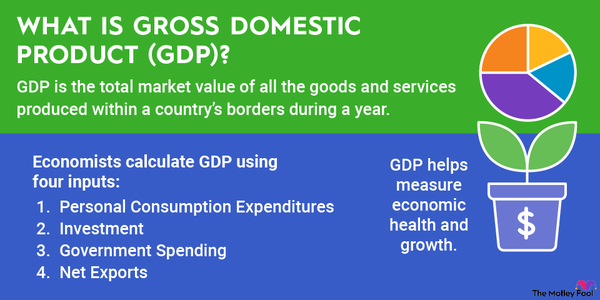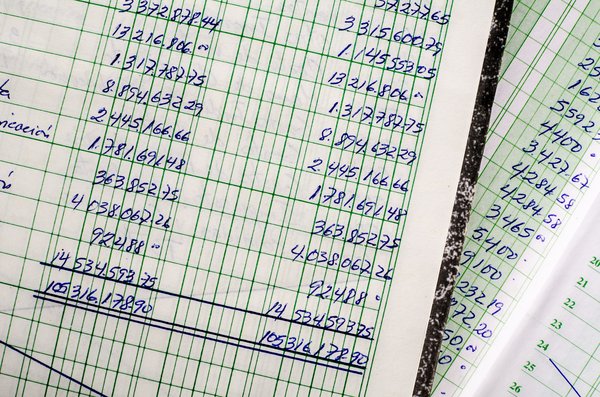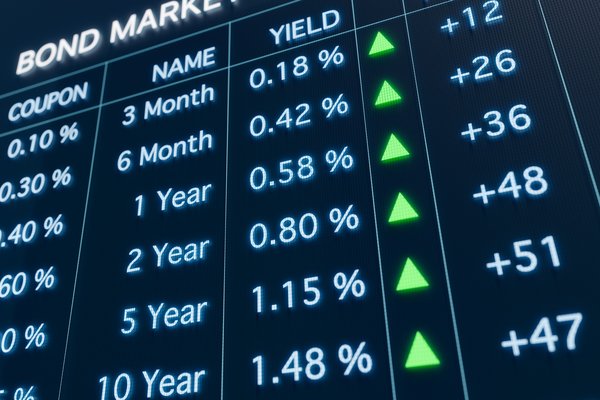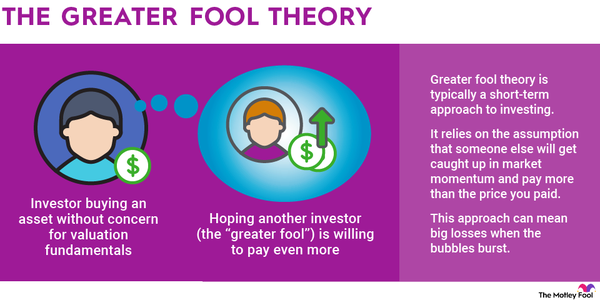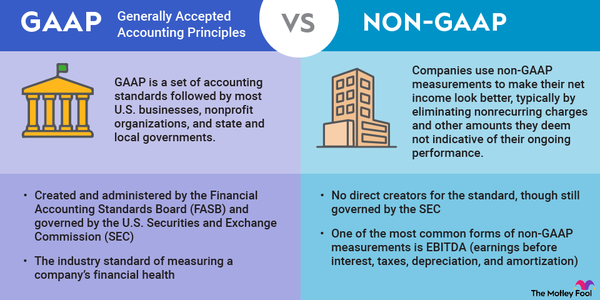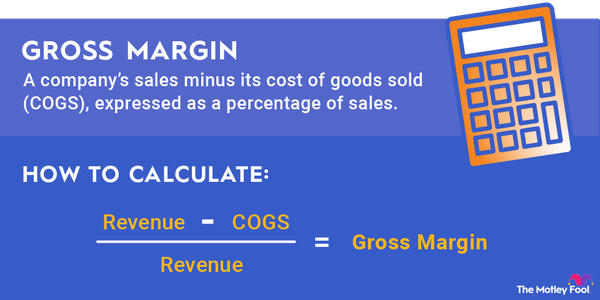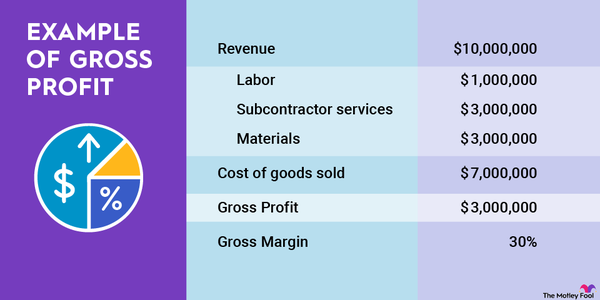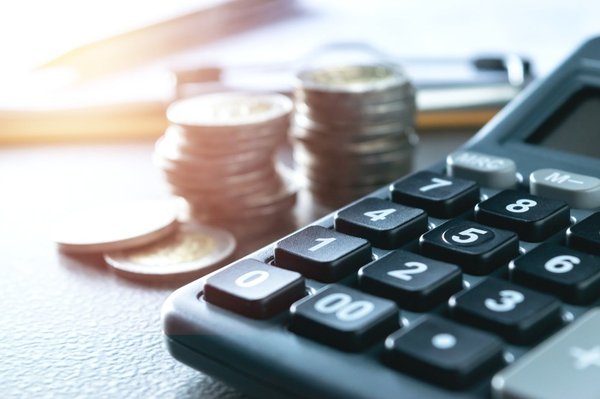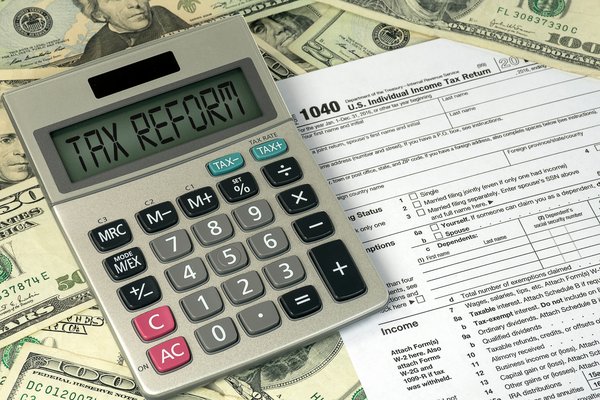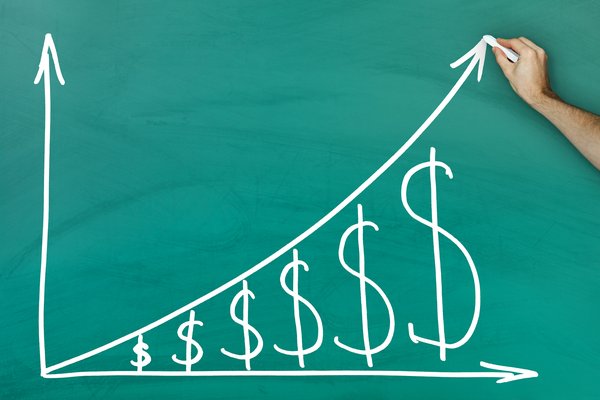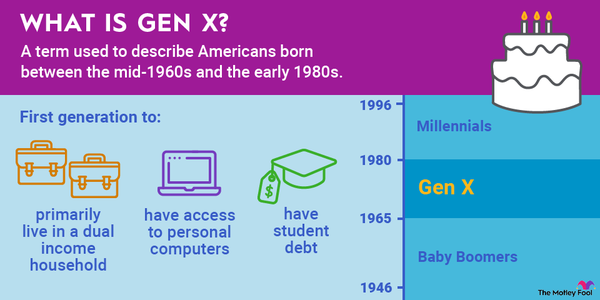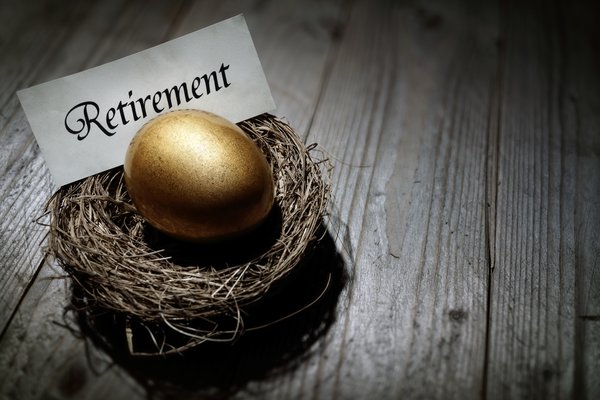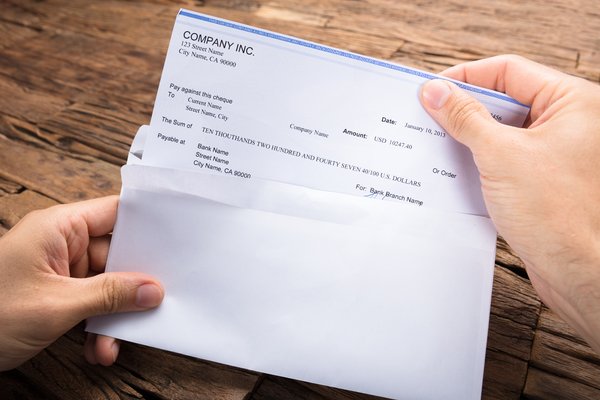Want to put some of your money to work for environmental and climate-related causes but also need to diversify your portfolio? Green bonds, which can be used for environmental or social projects, are booming. Governments and corporations issued almost $1 trillion worth of green bonds in 2023 – and that wasn’t even a record. Read more to learn about green bonds, their pros and cons, and a few of the better options for profiting from them.
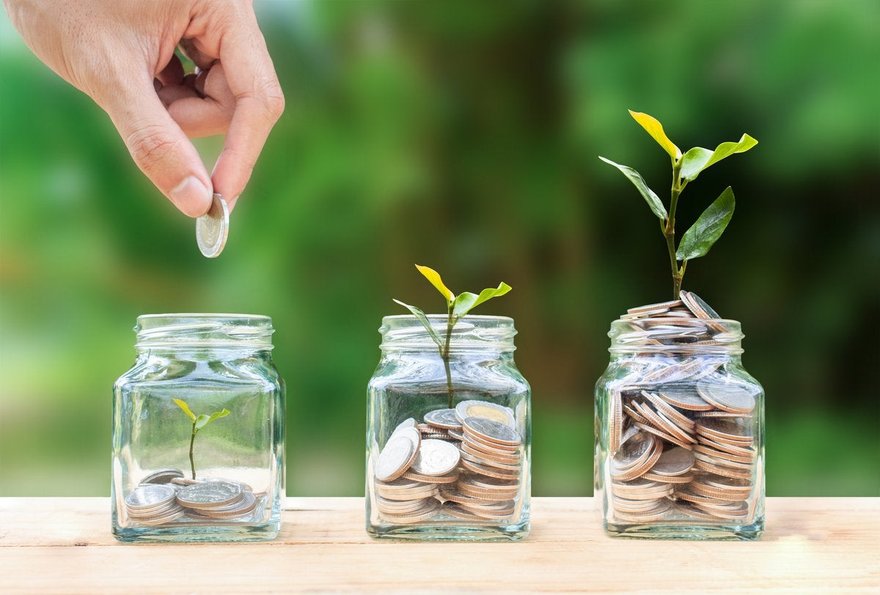
What are green bonds?
What are green bonds?
Green bonds are fixed-income securities that raise money for environmental or climate-related projects. Examples of projects that benefit from green bonds include renewable energy facilities, such as solar or wind farms; funds created to encourage energy efficiency, such as heat-pump or weatherization subsidy programs; and sustainability projects, such as efforts aimed at preventing soil erosion or designing and building carbon-neutral homes and offices.
Issues of green, social, and sustainability-linked bonds in 2023 reached $939 trillion, according to Bloomberg – shy of the 2021 record of $1.1 trillion but a 3% increase from 2022. Green bond sales alone accounted for a record-setting $575 billion of the total. The Bloomberg Global Aggregate Green, Social, and Sustainability (GSS) Bond Index reported a 2023 return of 9.94%, roughly in line with the historical performance of the S&P 500 index.
The rise of green bonds to a trillion-dollar segment of the fixed-income market is remarkable, given their relatively brief existence. The first green bond, an $807.2 million issuance by the World Bank, was made in 2007 to support lending for climate-oriented projects. The first green bond designed for private investors was an International Finance Corporation offering that wasn’t made available until 2010.
How to invest
Investing in green bonds
Green bonds can be purchased in a number of ways, including:
Direct purchase. Green bonds can be bought directly from corporations or governments that issue the bonds, although it may involve a substantial investment and focus on institutional investors.
Exchange-traded funds (ETFs). ETFs are one of the easiest and safest ways for retail investors to invest in green bonds. Options include funds such as the iShares Global Green Bond ETF (BGRN -0.09%) or the VanEck Vectors Green Bond ETF (NASDAQ:GRNB). Both funds offer affordable expense ratios of 0.20%.
Mutual funds. Mutual funds and ETFs are similar, however, mutual funds tend to be actively managed by a fund manager, whereas ETFs are often tied to the performance of an index. Mutual funds can be purchased from major asset managers such as Vanguard or PIMCO.
Bond platforms. Some online platforms, such as OpenInvest, part of JPMorgan Chase (JPM -0.49%), and ImpactAssets, focus on socially responsible investing or environmental, social, and governance (ESG) opportunities.
Pros and cons
Pros and cons of green bonds
The pros and cons of green bonds depend largely on your outlook. Here are some of the biggest advantages of investing in green bonds:
- Investing in green bonds helps to benefit the environment and makes your portfolio part of the fight against climate change.
- Green bonds are usually a relatively safe and stable investment that can be used to offset volatility and risk from more aggressive, stock-based holdings.
- Some governments may offer incentives to individuals and institutions that invest in green bonds, such as tax-free interest income.
Downsides to investing in green bonds include:
- Because green bonds are aimed at investors who are willing to accept lower returns for the opportunity to support environmental causes, bond yields may be lower.
- There's always the possibility of "greenwashing," where issuers use the proceeds for purposes that don't match investors' wishes.
- Though it's growing, the green bond market is still a relatively small slice of the overall bond market; liquidity, or the ability to quickly sell bonds, may be limited.
Related investing topics
Bottom line on green bonds
As with any other investment, putting money into green bonds involves risk. Minimize risk by researching the issuer and its credit rating; diversify your holdings with different issuer types (government, corporate, municipal). Review any impact reports released by the issuer to be sure that proceeds from the bonds are being spent on projects that align with your personal and financial goals.
